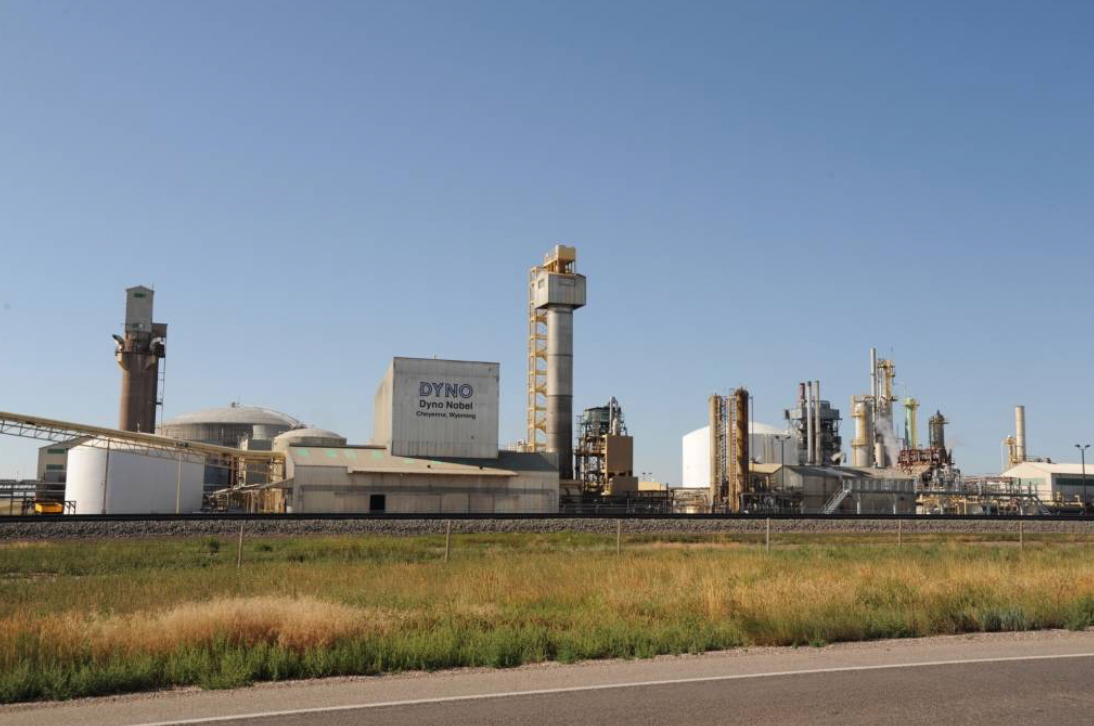
A 30-tonne rail shipment of an explosive chemical vanished en route from Wyoming to California last month, officials say.
A train loaded with 60,000 pounds of ammonium nitrate departed Cheyenne, Wyoming, on 12 April, explosives company Dyno Nobel told The Independent.
When it arrived at a stop in the Mojave Desert two weeks later, the car was empty. The company notified authorities in a 10 May report to the federal National Response Center.
The mysterious disappearance of ammonium nitrate, a key ingredient used by Timothy McVeigh in the 1995 Oklahoma City bombing, has since prompted four separate investigations.
The Federal Railroad Administration, the California Public Utilities Commission, Union Pacific, and Dyno Nobel are probing the disappearance.
Dyno Nobel’s told authorities that reason for the chemical’s release was “due to an unknown cause,” and that it made the alarming discovery after the Union Pacific rail car arrived in Saltdale, California, more than 1,000 miles from Cheyenne.
A spokesperson told The Independent the nitrate had been shipped in pellet form and may have accidentally fallen out of the rail car. The train was taken back to Wyoming for an inspection.
“The railcar was sealed when it left the Cheyenne facility, and the seals were still intact when it arrived in Saltdale. The initial assessment is that a leak through the bottom gate on the railcar may have developed in transit,” the company spokesperson said.

The chemical, which is also used to make fertilizer, was the primary ingredient in the 1995 terrorist attack on the Murrah Federal Building in Oklahoma City that killed 168 people and injured around 850.
It has also caused deadly accidents. In 1947, a 2,000-tonne ammonium nitrate shipment exploded in Texas City, Texas, killing at least 581 people.
It was also the cause of a catastrophic explosion in Lebanon in 2020, which killed more than 200 people and injured thousands more.
A Union Pacific spokesperson told The Independent that the ammonium nitrate would be quickly absorbed into the soil.
“If the loss resulted from a railcar leak over the course of transportation from origin to destination, the release should pose no risk to public health or the environment,” the spokesperson said.
“At this point in the investigation, we do not believe there is any criminal or malicious activity involved.”




!["[T]he First and Fifth Amendments Require ICE to Provide Information About the Whereabouts of a Detained Person"](https://images.inkl.com/s3/publisher/cover/212/reason-cover.png?w=600)


